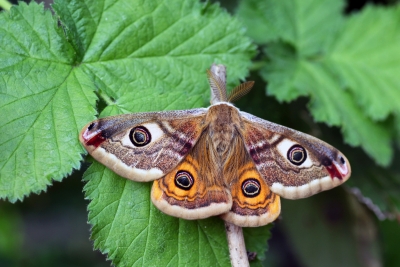What is the habitat of a snow leopard?

It is strikingly beautiful, but extremely elusive and shy, appearing only when night falls. The snow leopard has every reason to hide. Like all animals that have warm, attractive coats, it has been hunted down to supply the fashion industry.
The snow leopard’s coat insulates it from the cold and allows the animal to blend in with its surroundings. The coat is a dappled cream or grey in colour and marked with dark rosettes arranged in distinct rows. The fur is incredibly thick, soft and luxurious.
Its tail is remarkable – it is nearly as long as its body! The leopard wraps its tail around its face like a stole when it is sleeping. It also uses the tail to balance itself when it leaps from great heights, and waves its tip like a lure to attract small animals like marmots and hares. Unlike other leopards, it cannot roar.
Snow leopards live in the Himalayas just below the permanent snow line and are found in 12 countries including India (in Ladakh). Their habitat is so forbidding that any specific research into their behaviour in the wild has been minimal.
Picture Credit : Google









